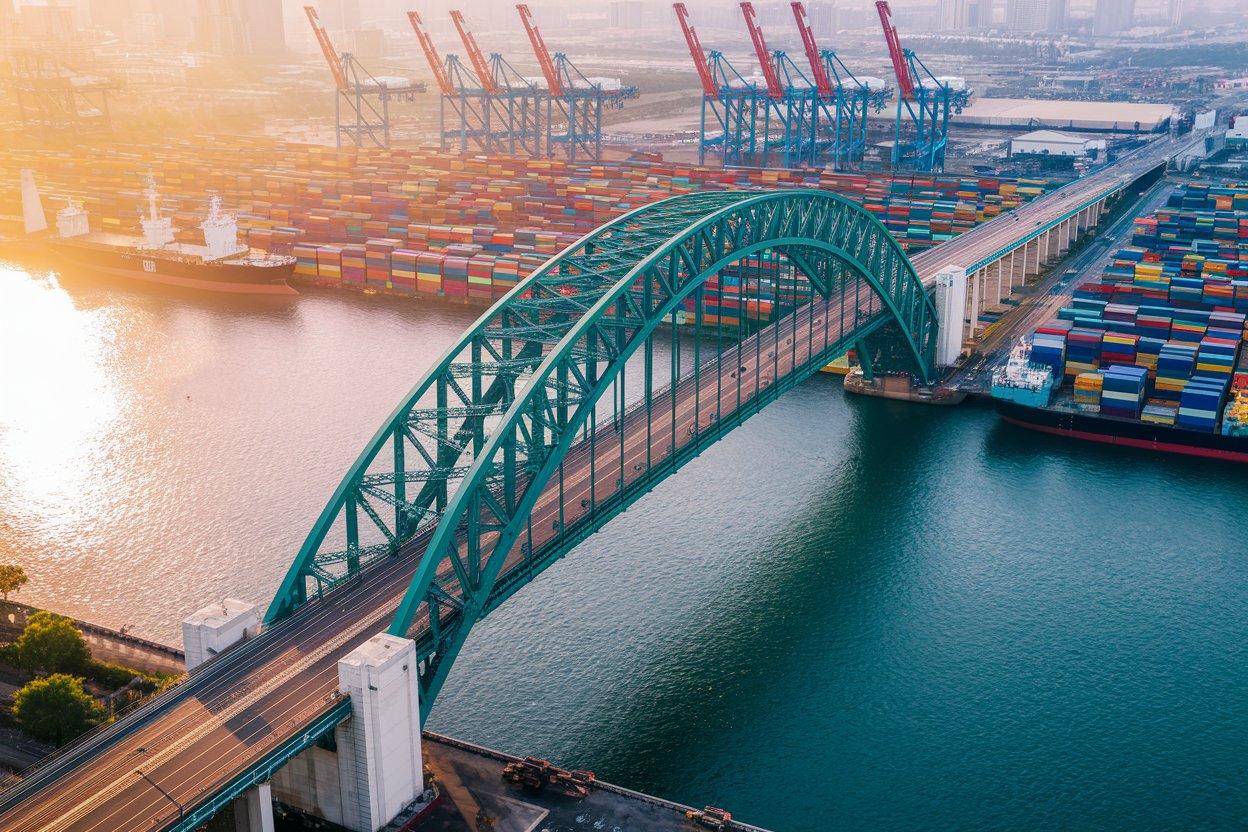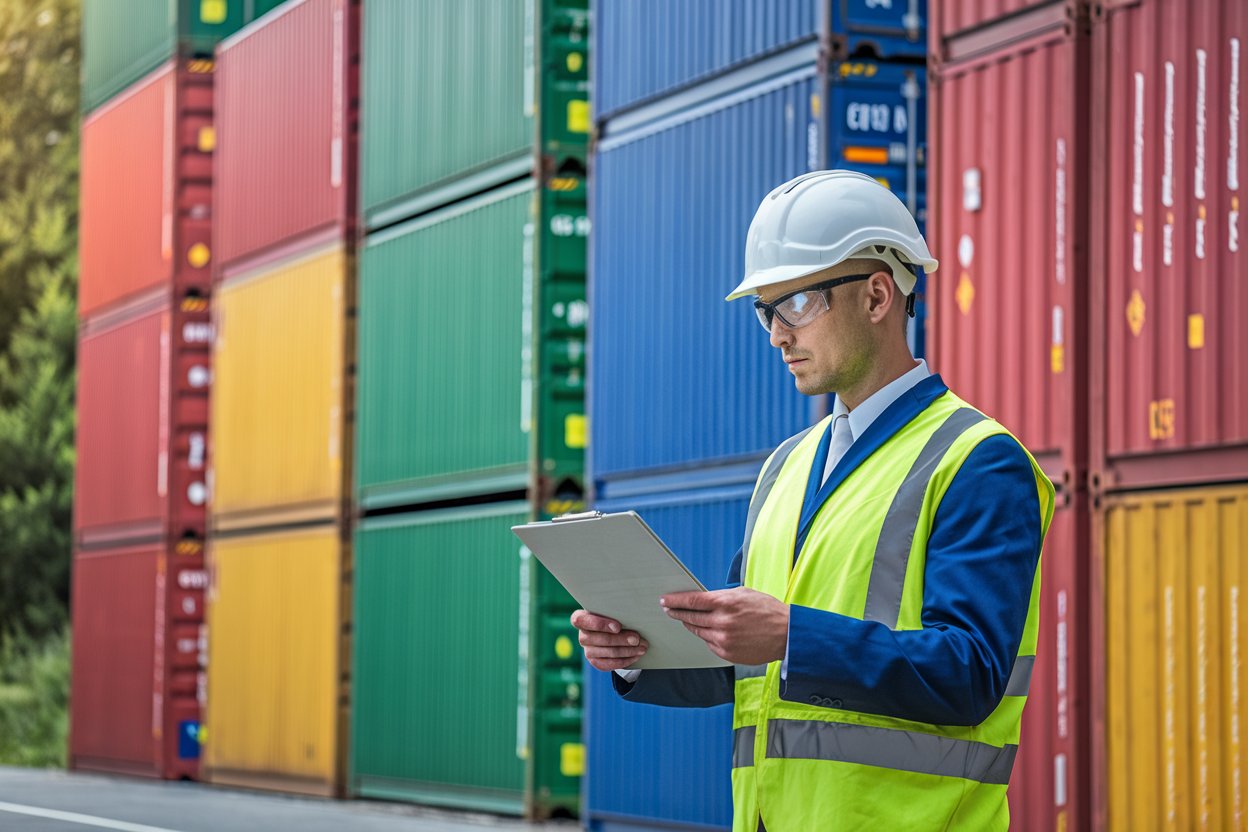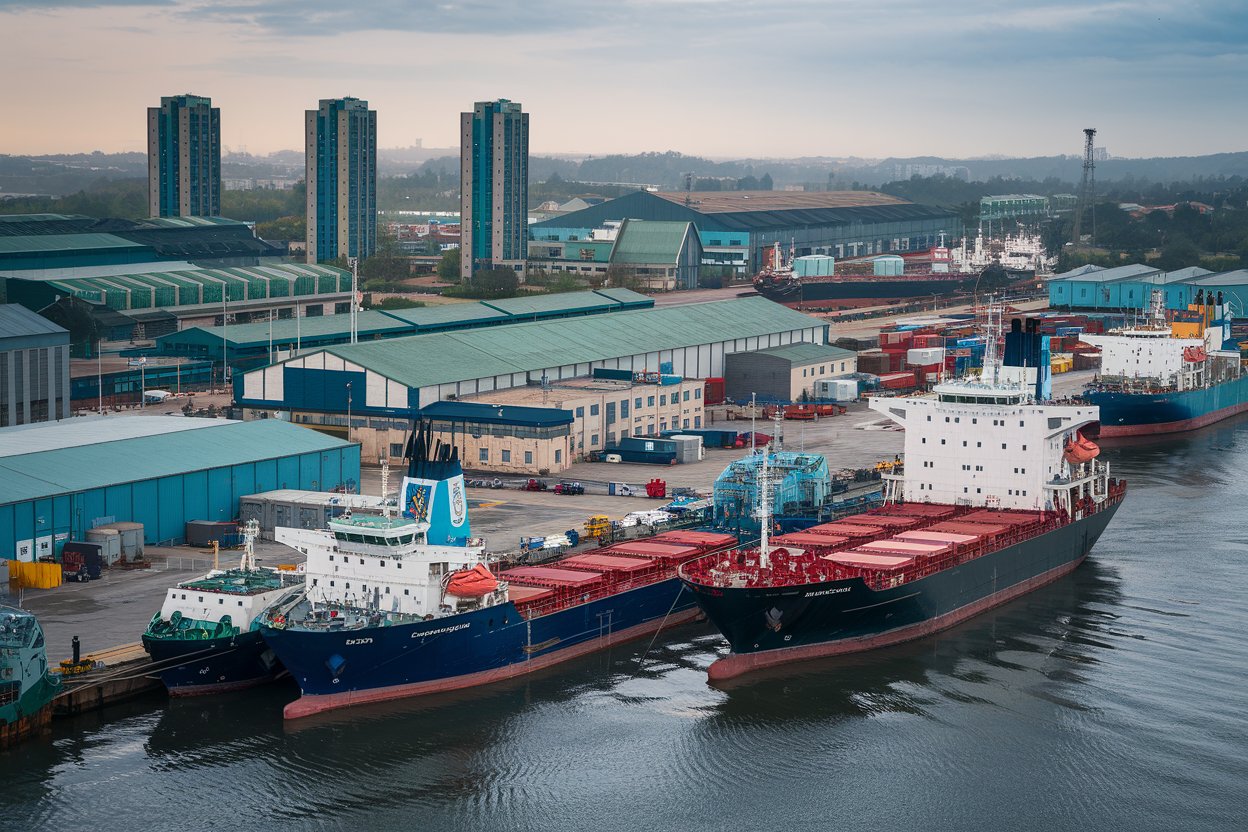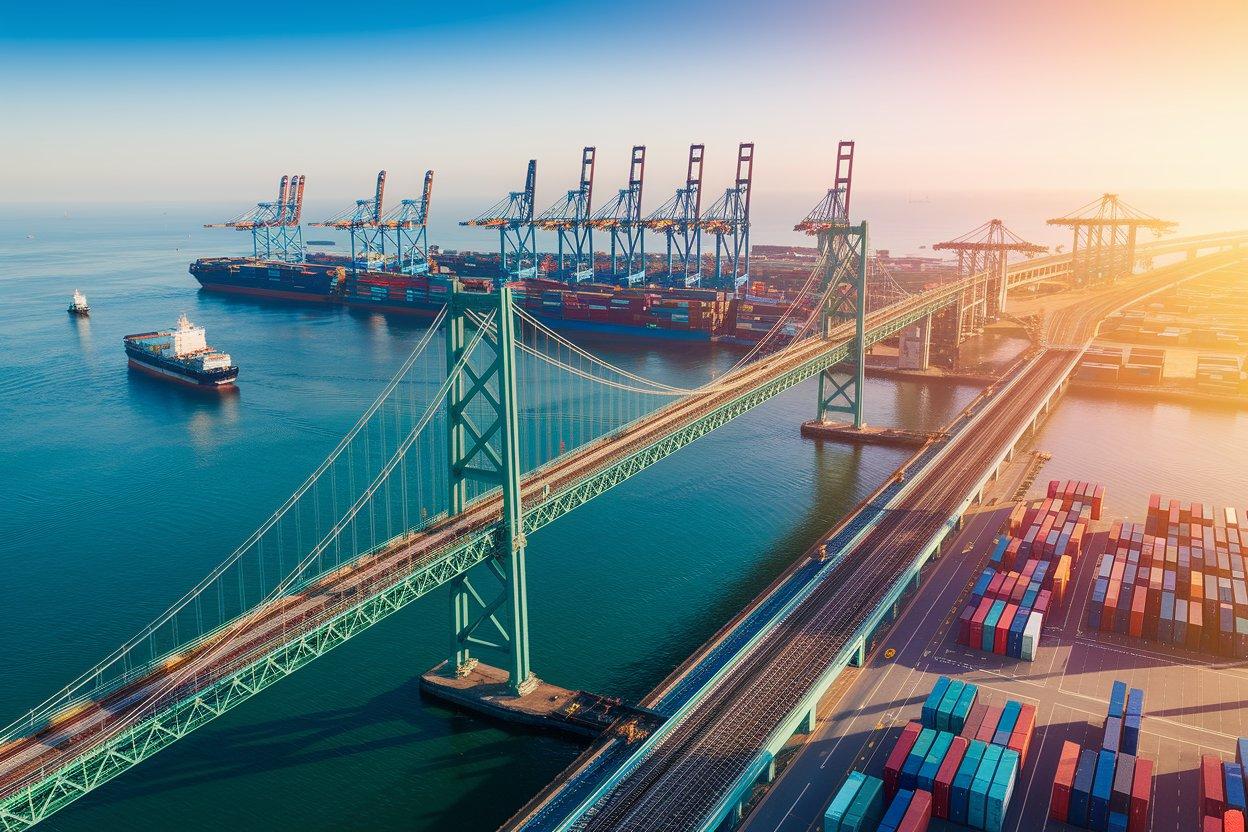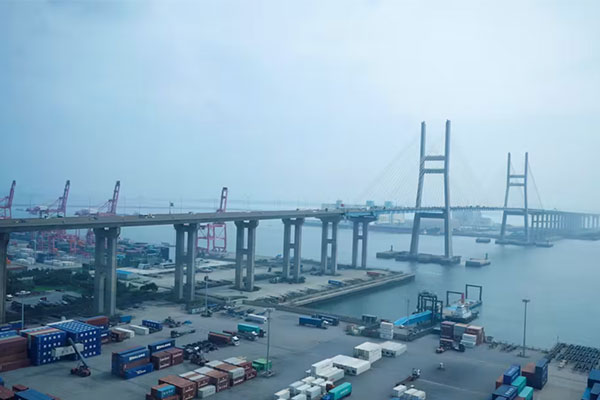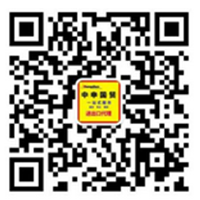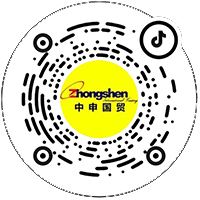- 20 Years of Expertise in Import & Export Solutions
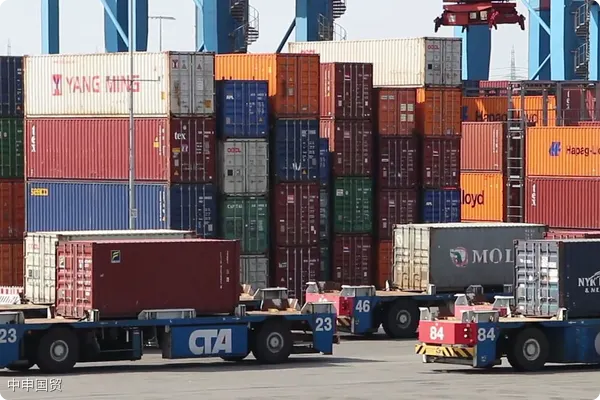
Importing Vases:?Foreign trade??Import/export?Processes and Market Opportunities
In today's globalized economic environment, the business of importing vases holds many opportunities. For numerous traders hoping to enter this field, understanding the detailed import and export processes, grasping the characteristics of different markets, and responding to changes in the international trade situation are crucial.
I. Professional Capabilities in Document Handling and Logistics Arrangement
Document handling is an extremely critical part of the vase import trade. From the commercial invoice and bill of lading to the packing list, every document must be precise and accurate. The commercial invoice should detail the specifications, quantity, value, and other information of the vases to ensure it complies with international trade standards. As the proof of ownership of the goods, the accuracy of the bill of lading is even more important. When preparing documents, it is necessary to strictly follow the legal requirements of the importing country to avoid detention of goods or fines due to document discrepancies.
Logistics arrangement also tests professional standards. When choosing a mode of transport, the characteristics of the vases, transport costs, and time must be comprehensively considered. For fragile vases,?Ocean shipping?may be a more common choice, but care must be taken to provide proper packaging and protection to ensure the goods are not damaged during long-distance transport. In logistics planning, it is also necessary to communicate with the freight forwarder in advance to clarify details such as loading, unloading, and warehousing of the goods. For example, after the goods arrive at the destination port, the freight forwarder needs to arrange for customs clearance and pickup in a timely manner to avoid incurring high demurrage fees.
II. Russian Market: VTB?Foreign exchange settlement?Advantages
The Russian market holds a significant position in the vase import trade. When trading with Russia, the settlement of exchange is a crucial step. VTB Bank has significant advantages in settling trade with Russia.
Settlement of exchange, simply put, is the act of selling foreign exchange income to a designated foreign exchange bank at a certain exchange rate to obtain local currency. In trade with Russia, settlement through VTB Bank is relatively convenient. First, the company needs to open an account with VTB Bank and provide necessary trade contracts, invoices, and other documents to prove the authenticity of the trade. With its extensive network and professional capabilities in the Russian financial system, VTB Bank can quickly process settlement business, reduce the time funds are in transit, and lower the risk of exchange rate fluctuations. For companies importing vases, this means that funds can be recovered more quickly, which is beneficial for the company's capital turnover and business expansion.
III. Southeast Asian Market: Import and Export Procedures and Solutions
(I) Import Process
1. Market Research and Supplier Selection
Before starting the business of importing vases, it is necessary to conduct thorough research on the Southeast Asian market. Understand the local production techniques, style characteristics, and price ranges of vases in order to select suitable suppliers. Suppliers can be found through channels such as international exhibitions and B2B platforms, and their qualifications and reputation should be evaluated.
- Sign the Contract
After reaching a cooperation intention with the supplier, sign a detailed trade contract. The contract should clearly specify key terms such as the specifications, quality standards, price, delivery method, and payment terms of the vases. For example, specify the use of trade terms such as FOB (Free on Board) or CIF (Cost, Insurance and Freight) to determine the responsibilities and obligations of both parties. - : After the goods arrive at the destination, agents assist enterprises in completing customs clearance and delivery.
Arrange for transportation according to the contract. If sea freight is chosen, it is necessary to book space in advance and purchase cargo transportation insurance to deal with possible risks during transportation, such as damage to the vases due to bad weather or ship collisions. - Customs clearance
After the goods arrive at the destination port, proceed with customs clearance. Relevant documents such as the commercial invoice, bill of lading, packing list,?Certificate of Origin?and certificate of origin must be provided. The customs clearance requirements of different Southeast Asian countries vary. For example, Indonesia has strict regulations on the labeling of imported goods, and it is necessary to ensure that the labels of the vases comply with local regulations, otherwise they may face rectification or return. - Pickup and Inspection
After completing customs clearance, the goods can be picked up. After picking up the goods, the vases should be inspected in a timely manner to ensure that the quality and quantity of the goods are consistent with the contract. If there are any problems, communicate with the supplier in a timely manner to resolve them.
(II) Solutions
To address potential issues in importing vases from the Southeast Asian market, the following solutions can be adopted. Establishing long-term cooperative relationships with suppliers helps to stabilize the source of goods and ensure product quality. At the same time, cooperating with professional freight forwarders and customs brokers who are familiar with local trade regulations and customs clearance procedures can efficiently handle transportation and customs clearance matters. In addition, purchasing credit insurance can reduce losses caused by supplier default or market risks.
IV. Current International Trade Situation: Challenges and Opportunities
(I) Challenges
1. Rise of Trade Protectionism
In recent years, some countries have adopted a series of trade protection measures, such as imposing tariffs and setting up trade barriers, to protect their domestic industries. This has increased the cost of importing vases and squeezed profit margins.
- Exchange Rate Fluctuations
The unstable global economic situation has led to frequent fluctuations in exchange rates. For the vase import business, exchange rate fluctuations can affect cost accounting and profit expectations. For example, the depreciation of the local currency will increase import costs, and companies will face greater price pressure. - Impact of the pandemic
The COVID-19 pandemic has impacted the global supply chain. Vase manufacturers in regions such as Southeast Asia may face shortages of raw materials, insufficient labor, and other problems, leading to delivery delays or unstable product quality.
(II) Opportunities
1. E-commerce Development
With the vigorous development of e-commerce, online sales channels have broadened the market scope for imported vases. Consumers can conveniently purchase vases from all over the world through online platforms, creating more sales opportunities for importers.
Consumers' pursuit of a higher quality of life is constantly increasing, and their demand for home decorations such as vases is becoming more diverse and personalized. This prompts importers to introduce more unique and creative vase products to meet market demand.
The signing of some regional trade agreements, such as the RCEP (Regional Comprehensive Economic Partnership), has provided more favorable conditions for trade with Southeast Asian countries, reduced trade costs, and promoted the free flow of goods.
V. Product Certification Services
In the business of importing vases, product certification is an important step to ensure that products comply with the regulations and standards of the target market. Different countries and regions may have different certification requirements for vases, such as the EU's CE certification and the US's UL certification. Although our company?Zhong Shen?does not directly provide certification services, we will inform clients in detail about the required certifications and assist them in the application process.
When assisting with certification, we will help clients sort out the certification process, provide interpretation of relevant regulations and standards, and guide clients in preparing the necessary documents and samples for certification. For example, for vases that require chemical substance testing, we will inform clients about the test items and standards and assist them in selecting qualified testing institutions. Through our assistance, clients can complete the certification work more efficiently and ensure that the vases can successfully enter the target market.
In summary, the business of importing vases is full of both challenges and opportunities. By leveraging professional document handling and logistics arrangement capabilities, taking advantage of different market strengths, responding to changes in the international trade situation, and emphasizing product certification, companies can achieve good development in this field.
Recommended for You
- A Complete Guide to Japanese Biscuit Import Agency: An In-depth Analysis of Documents, Logistics, and Compliance Key Points
- The Hidden Thresholds and Breakthrough Paths for Equipment Export Agency Enterprises
- How Many Hurdles to Cross for Red Wine Customs Clearance? A Practical Handbook from a Shanghai Veteran
- A Complete Guide to British Biscuit Import Agency: Analysis of Documents, Logistics, and Compliance Practices
- Can Equipment Export Agency Fees Really Be Reduced?
? 2025. All Rights Reserved.
